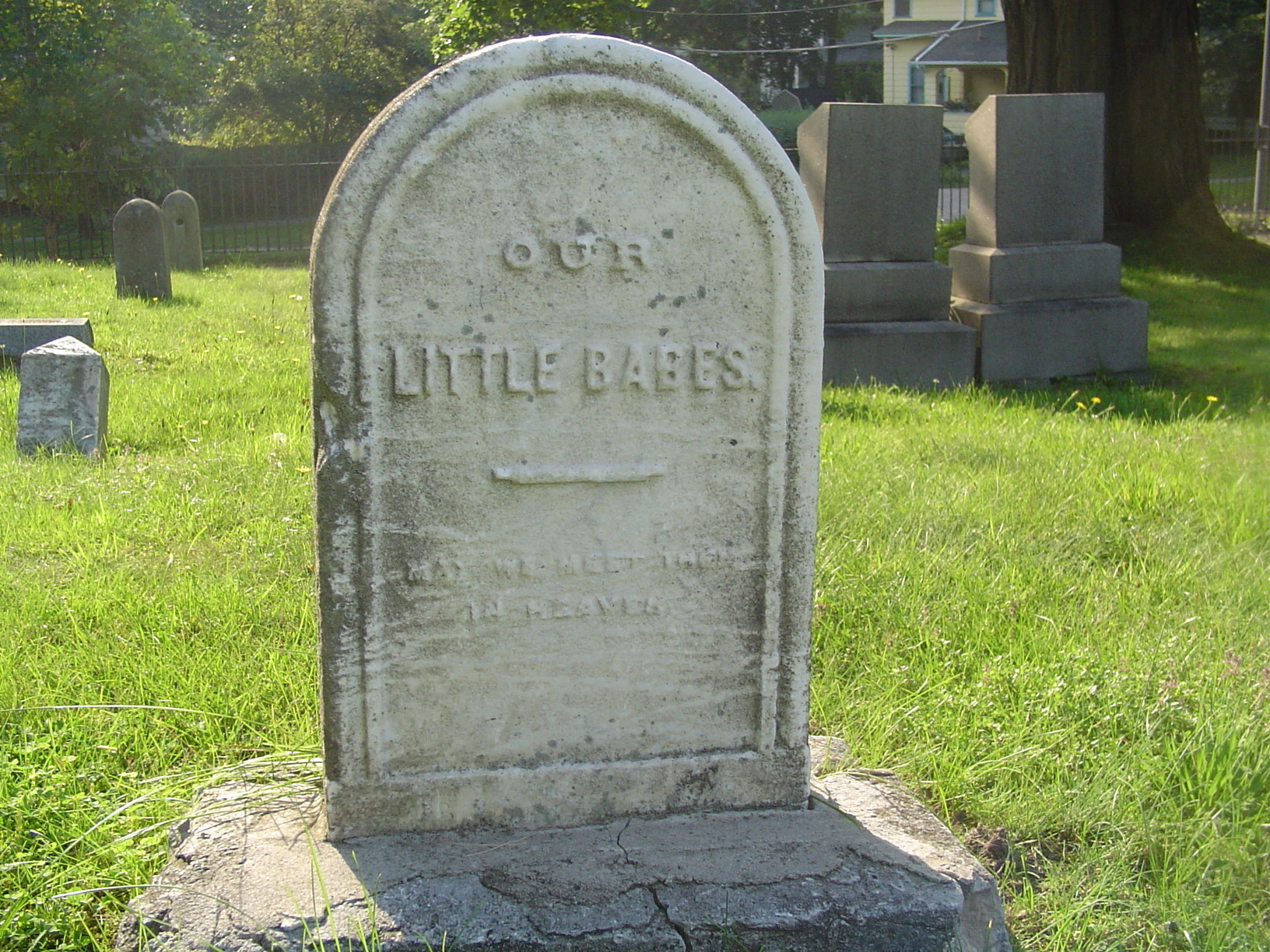A good family history researcher is a good sleuth and one of the challenges this RecordClick genealogist finds the most rewarding – and frustrating – is finding the body. Okay, so it’s really a grave.
This genealogist has seen some plots with just a couple of graves and I’ve seen some cemeteries that have over 100,000 burials. There are neat cemeteries and overgrown ones. Some large ones have historical walks and provide surfaced roads for joggers, bicyclists and places for picnics. Some remote ones require a GPS to find. It can be surprising to discover where the relatives are buried.
As many a genealogist knows, larger cemeteries tend to be easier for the genealogy researcher to work with. An onsite office with regular hours may house burial records. Smaller cemeteries may prove more of a challenge. I have a number of relatives buried in a cemetery that used to be in the country. Now that a city developed nearby, this small cemetery is managed by the staff of a larger cemetery. One day I stopped in at the office to get information about an individual buried in the used-to-be rural cemetery. The clerk bemoaned the fact that, in its early history, the smaller cemetery didn’t have a perpetual maintenance fund. All I could reply was that the goal of the people was to have somewhere to bury family members. In the beginning, keeping records and maintaining the cemetery were of secondary importance.
One of the most poignant moments I’ve seen on the various genealogy television programs was when actress Cynthia Nixon visited the graves of her gg-grandmother and ggg-grandmother in rural Crawford County, Missouri. The car drove down a two-lane paved road, then down a dirt lane and finally across a field to the graves. (This genealogy researcher’s reminder: Try to obtain permission when crossing private property.)
Three of filmmaker Darryl Zanuck’s grandparents are buried in Antelope County, Nebraska. His mother’s parents, Henry and Anna Maurine Torpin, are buried in the Oakdale Cemetery, while his grandfather John Jacob Zanuck is interred in Laurel Hill Cemetery at Neligh. Both cemeteries have less than 2,000 burials.
Singer John Denver has several ancestors Deutschendorf and Koop buried in the Mennonite Brethren Cemetery in rural Washita County, Oklahoma.
A cemetery can be more than a cemetery for the genealogy researcher. It can also reflect the who and what of the community.
Some different types of cemeteries include:
- Family
- Religious
- Community
- Ethnic
- Fraternal organizations
Whe the genealogist is looking to find records for individuals buried in a simple family plot, these sources are probably the most difficult to get. The graves can be in the corner of a pasture or some other out-of-the-way place. As long as the family lived on the property, the graves were maintained. After those individuals died or moved on, nature began to reclaim the burial location. Family records, newspaper clippings or correspondence may be the only way for the genealogy researcher to know if an individual is buried there when there is no tombstone. A probate of an estate, if there is even a probate, may also provide clues.
Many small cemeteries are adjacent to churches. The church, if it still exists, is likely to have records. If the church has closed, the records may have gone to another church or denomination library or archive.
Town cemeteries are common. The time frame may vary a great deal, but in many areas it wasn’t until after 1900 that area residents organized cemetery boards or developed a means of selling plots. The cemetery could have been in existence for several decades with little or no record keeping making it difficult for the genealogy researcher to track. In addition to a small town or community having a cemetery, a township may have one as well. In many instances, there are township boards with records that might be of help for the genealogist. Many community cemetery boards are creating onsite lists of individuals and where they are buried to assist the family history researcher.
While an ethnic group may have its own cemetery in an area, often it is tied to a religious denomination such as Danish Lutheran or Irish Catholic. Local churches may be helpful for the genealogy researcher.
Finally, there are fraternal organizations. Sometimes the Masons or a similar group would take charge of the cemetery. It may also provide a clue for additional resources for the genealogist.
While many larger cemeteries have paid staff, the genealogy researcher need to remember that the care and improvements to a smaller cemetery may be the responsibility of a volunteer board that is more than happy to receive some financial support.
If you are looking for a family member or two, a family history researcher from RecordClick will help you locate documents that verify your ancestors’ lives. A genealogist for hire with RecordClick can locate information on your missing relative and then compose the story of that special life for you.







